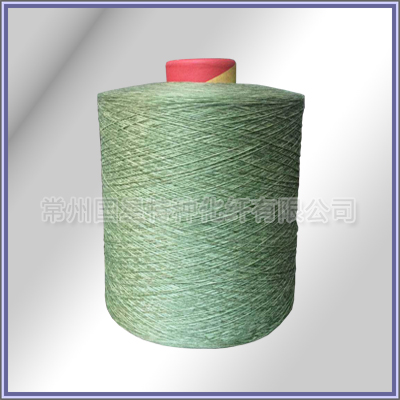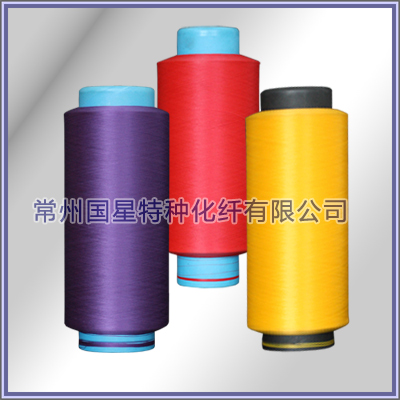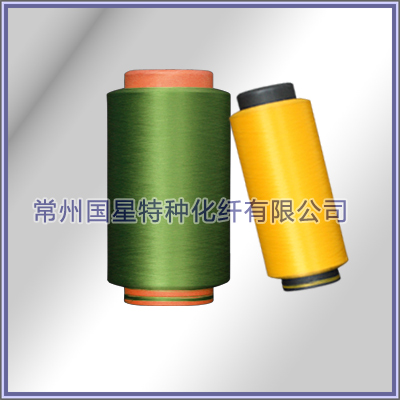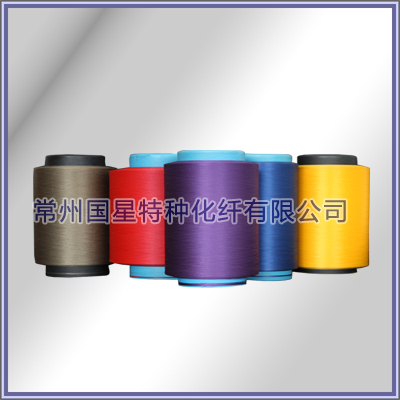No, polypropylene filaments are polypropylene fibers, while polyester filaments are polyester fibers.
Polyester fiber, a synthetic fiber obtained by spinning a polyester obtained by polycondensing an organic dibasic acid and a diol. Referred to as PET fiber, it is the first large variety of synthetic fibers. In addition to this, its greatest advantage is its good wrinkle resistance and shape retention, and its high strength and elastic recovery. It is durable, wrinkle resistant and non-irony.
Polypropylene is a fiber obtained by polymerization and melt spinning of propylene as a raw material. Polypropylene officially began industrial production in 1957, and is a rising star in synthetic fiber. Because polypropylene has the advantages of simple production process, low cost, high strength and light relative density, polypropylene has developed rapidly. Polypropylene is currently the fourth largest variety of synthetic fibers and the lightest of the most common chemical fibers.
Polypropylene production includes short fibers, filaments and split fibers. The polypropylene film fiber is obtained by first forming a film into a film, and then stretching the film to split it into a network of fibrils.

 +86-519-86266888
+86-519-86266888 gxhx888@126.com
gxhx888@126.com



